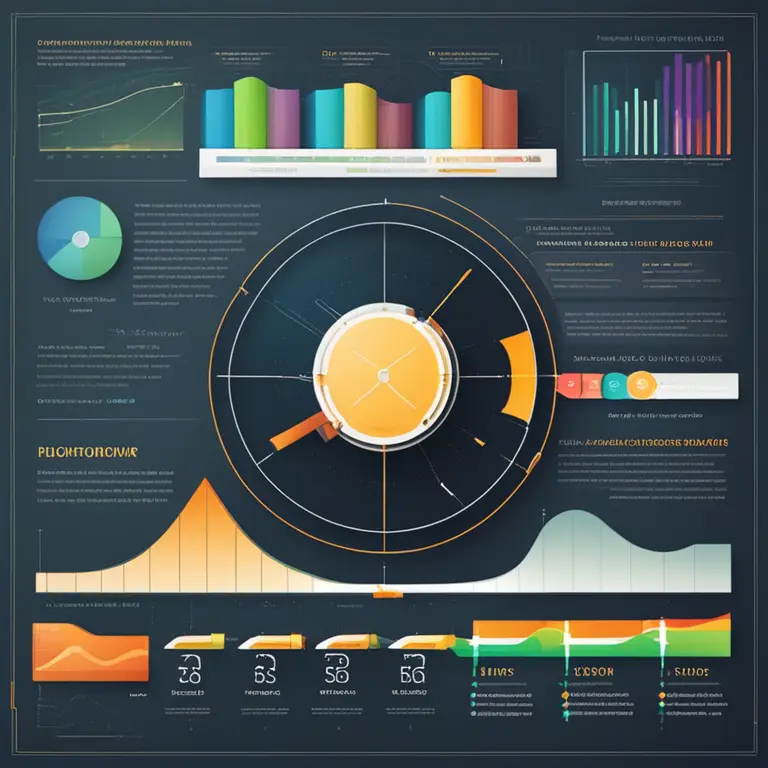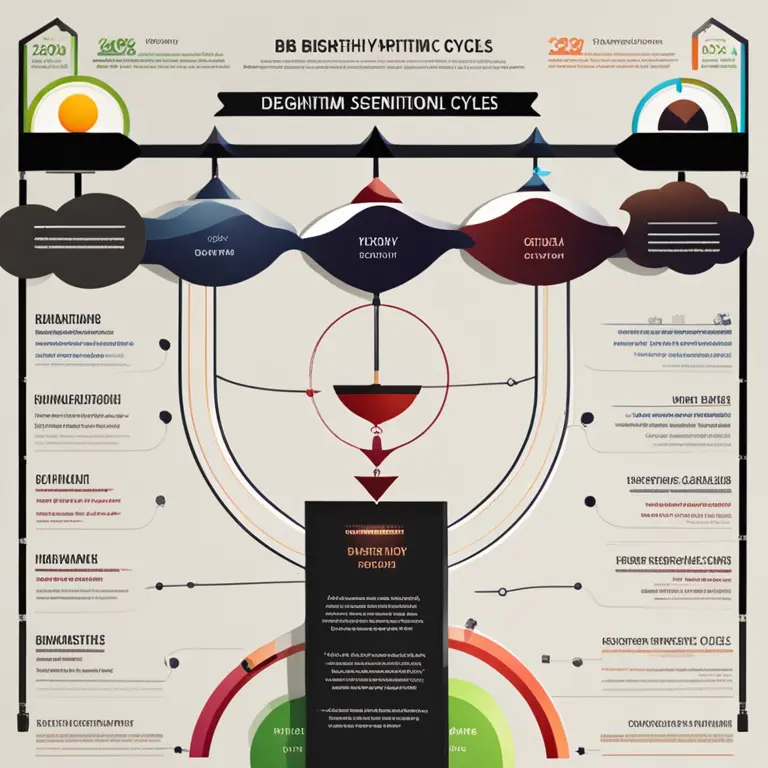
The Rhythms Within: Mastering Your Biorhythm Cycle
Biorhythm cycles are physiological patterns influencing various aspects of our lives. Dive into the science of these cycles and how they affect us.
article by Adrian Wallace
Introduction to Biorhythm Cycles
The concept of biorhythm cycles dates back over a century and rests on the theory that our lives are influenced by natural physiological cycles. These cycles are believed to affect our physical, emotional, and intellectual well-being, and an understanding of them can provide insights into our daily functioning. As we advance into 2024, the interest in bio-harmonics and personal wellness has brought biorhythm cycles to the forefront of holistic health approaches.

Roots and Development
The origin of the biorhythm theory is often attributed to the late 19th-century work of Dr. Hermann Swoboda and Dr. Wilhelm Fliess, who separately noted recurring patterns in human health and behavior. Throughout the 20th century, these observations evolved into the biorhythm theory as we understand it today. These cycles are consistent, but each individual's biorhythms are unique and start from their birth date.

The Three Primary Cycles
There are three primary biorhythm cycles: the 23-day Physical, 28-day Emotional, and 33-day Intellectual cycles. Each of these cycles oscillates in a sinewave pattern between positive and negative phases. For instance, a positive phase in the Physical cycle might be a time of high energy and strength, while a negative phase could lead to feelings of physical lethargy or weakness.

Biorhythms in Modern Times
With the digital age and the growth of personalized health tracking, biorhythm calculators and mobile applications have become ubiquitous. These advanced tools use algorithms based on the standard cycle lengths and a person’s birth date, providing users with daily, monthly, and even yearly biorhythm charts, integrating this ancient theory with contemporary technology.

Interpreting Your Biorhythms
Interpreting these cycles involves more than just knowing when a particular biorhythm is high or low. It requires understanding how these cycles interact. For example, when the Physical and Emotional cycles are both in high phases, one might feel exceptionally robust and vivacious. Conversely, if these cycles are both low, one might experience a period of emotional and physical vulnerability.
Scientific Scrutiny and Views
The scientific community remains skeptical about biorhythms, citing a lack of empirical evidence substantiating the theory's predictions. Critics argue that the concept is too simplistic to account for the complexities of human behavior and biology. Nevertheless, many individuals have embraced biorhythms as a form of personal insight and self-analysis, appreciating the patterns and guidance they offer.
Biorhythms as Personal Tools
For those who embrace biorhythm cycles, they become personal wellness tools that aid in planning activities, rest, and important life events. Awareness of one's biorhythm patterns can be empowering—suggesting the best times to undertake significant tasks, initiate new projects, or take a step back and recuperate, aligning daily life with the body’s innate rhythms.
Published: 1/25/2024
Modified: 1/25/2024
More predictions
Come back here soon to learn more about yourself and your future


The Basis of Biorhythms: Biological Cycles Explored
Delve into the foundations of biorhythms and discover how these natural cycles influence our daily lives and well-being.


Your Biorhythm Horoscope Handbook
Discover the intriguing intersection of biorhythms and astrology. Learn how tracking your biological cycles can provide insights into your physical, emotional, and intellectual well-being.


The Intersection of Biorhythms & Astrology Explored
Discover the link between biorhythms and astrology to gain insights into your life's patterns and potential.